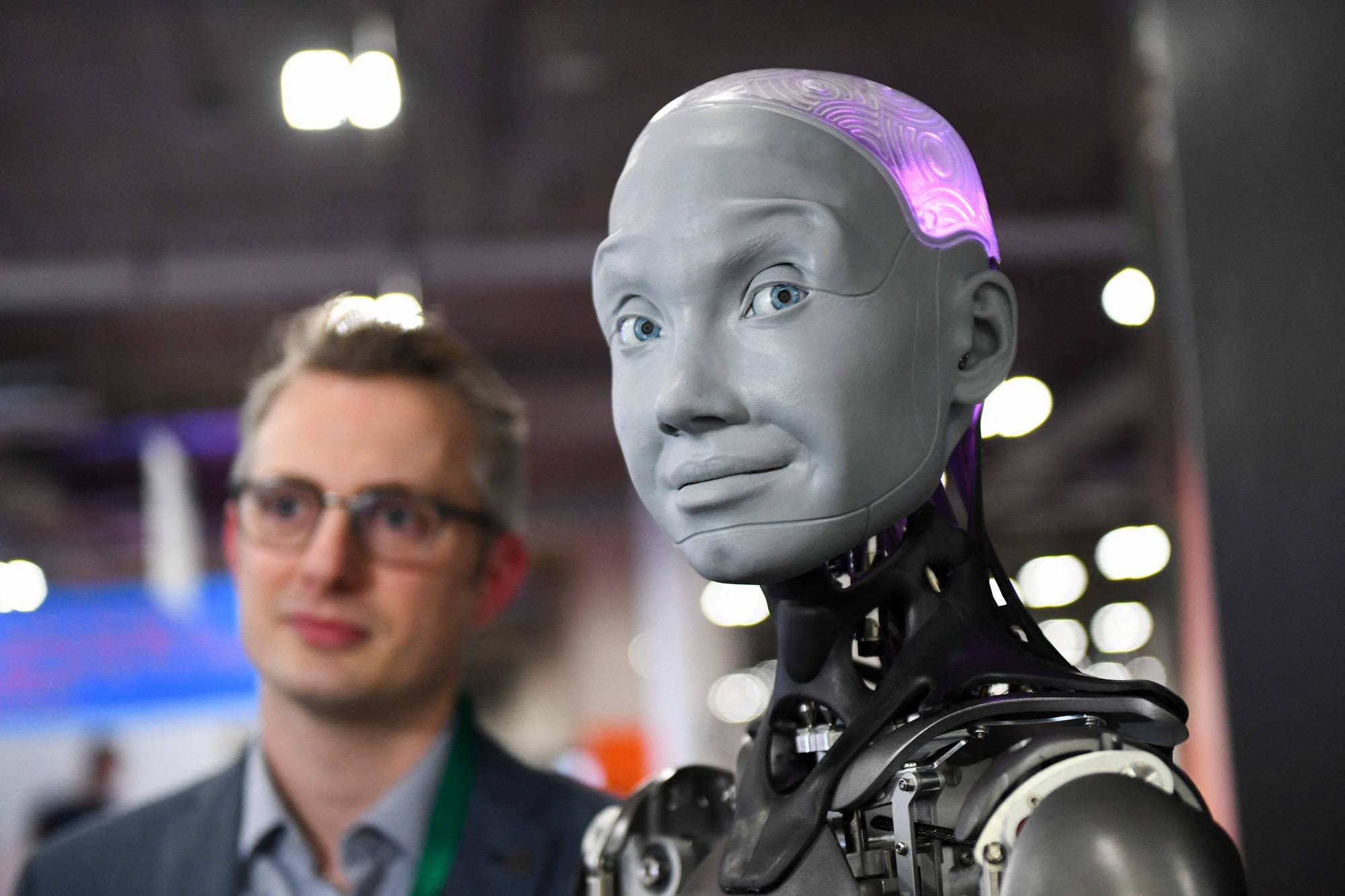It has been over five decades since Japanese roboticist Masahiro Mori developed a theory describing the eerie or uneasy feeling people experience in response to humanoid robots that closely, but not perfectly, resemble human beings.
Labeled the "uncanny valley" by Mori in 1970, the phenomenon has stood the test of time, with more recent examples of creepiness filtering into the burgeoning fields of artificial intelligence, photorealistic computer animation, virtual reality, augmented reality and increasingly lifelike androids.
But what happens beyond the other side of the valley as resemblance to humans is perfected? Some researchers worry that as "trusted" virtual humans become indistinguishable from real people, we open ourselves to more manipulation by platform providers. In other words, our responses while still in the uncanny valley, as creepy as they can be, could be a good thing — a kind of self-defense mechanism.



